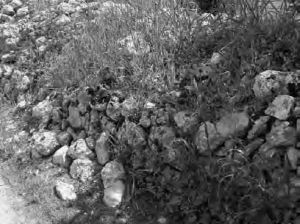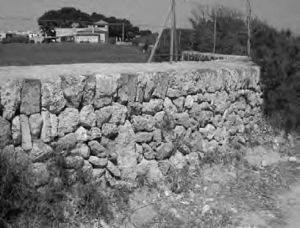|
Over the past few decades Majorca has successfully changed its image, and now no longer deserves its former reputation for downmarket package holidays. Majorca is, at present, building a reputation as a more dynamic holiday venue, built around outdoor activities, with a better quality holiday experience. The island has been greening its image, by protecting its environment, with large parts of the Serra deTramuntana now protected against unwanted developments. The protection of the mountainous areas, and the reputation of its prime nature reserve the Parque Natural de S’Albuifera as well as several smaller reserves, has changed the visitor profile of the holiday market. Large numbers of visitors are now exploring the Island by coach, car and even bicycle. These developments have put pressure on the road systems, particularly those across the central plain, an area of farming communities and small industrial towns. Thus many hundreds of kilometres of new motorways have and are still being built and smaller roads widened across the central plain. This essential new infrastructure has resulted in many hundreds of kilometres of traditionally-built drystone walls being removed and rebuilt, much wider apart, using more modern building techniques. In January 2006 I had the opportunity of examining a large number of these walls, both old and new, and what I found suggested the importance of a wider study of these walls being undertaken before more major road networks are developed to satisfy the demands of the ever increasing numbers of visitors. Many of the smaller roads are narrow by modern standards and the passage of time has eroded some drystone boundary walls to a state of semi-collapse, whilst others have almost vanished. Trees and other vegetation have also added to the mixture of cover and protection some of the walls have against the prevailing winds and the desiccating heat of the sun. All of these factors may help to increase the demands for replacement walls and wider roads, particularly if accidents start to occur. Traditionally the drystone walls are mainly made of limestone and appear to have been filled with small stones and loose limestone chippings, often finished off on the top with a layer of chippings. The modern replacements are narrower and are usually filled with concrete and finished of with a concrete cap into which a metal fence is placed extending the height of the wall considerably. The old traditionally built walls proved to have a rich molluscan fauna with the richest of the walls I examined containing over 15 species, whilst the older examples of the modern walls I examined produced very few. These walls are an important part of the biodiversity of the island, and as such some protection of the older drystone walls may need to be instituted. In Majorca, for example, Pyramidula rupestris appears to be confined to a very small number of drystone walls sited on the central plain. Many other species also occur on these old drystone walls suggesting that they are a major, if rather neglected, habitat, and one which could very easily be lost if the present pace of development continues. Those species found on the walls include the endemic Iberellus minoricensis which occurs in a number places in the south-west of Majorca. Granopupa granum which proved to be very common on the tops of those walls finished of with a layer of chippings and Tudorella ferruginea, although common in some other habitats, are also most easily found alive on the older drystone walls. Other species included the Vallonia and numerous xerophiles including Trochoidea elegans.
|
Fig 1 Old wall near Palmanyola, Majorca (Photo: Adrian Norris)
|
Essential infrastructure verses habitat destruction – drystone walls in Majorca
Issue
11
Page
5


 Fig 2 Old wall near Palmanyola, Majorca (Photo: Adrian Norris)
Fig 2 Old wall near Palmanyola, Majorca (Photo: Adrian Norris) Fig 3 Replacement walls near Cala Fornells, Majorca (Photo: Adrian Norris)
Fig 3 Replacement walls near Cala Fornells, Majorca (Photo: Adrian Norris) Fig 4 Replacement walls near Cala Fornells, Majorca (Photo: Adrian Norris)
Fig 4 Replacement walls near Cala Fornells, Majorca (Photo: Adrian Norris) Fig 5 Tudorella ferruginea on wall near Llubi, Majorca. (Photo: Adrian Norris)
Fig 5 Tudorella ferruginea on wall near Llubi, Majorca. (Photo: Adrian Norris)